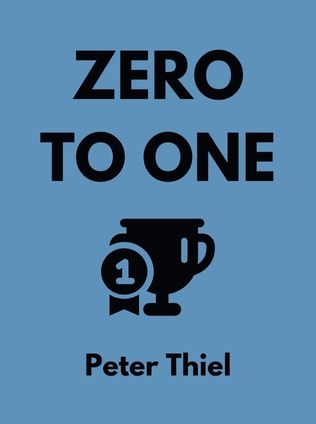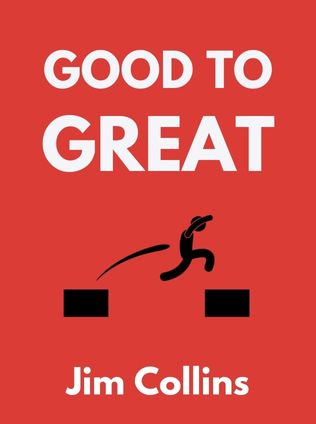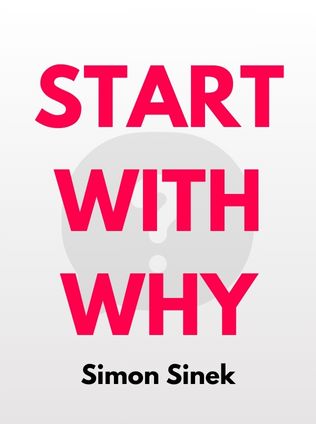
The Marketing Plan
By William Luther
Published 10/1982
About the Author
William M. Luther is a seasoned expert in the fields of management and marketing, with a career spanning several decades. His work is characterized by a deep understanding of business dynamics, especially in the areas of market planning and strategy. Luther's books and teachings are widely respected for their clarity, practical insights, and strategic depth. Through his extensive consulting experience, Luther has helped numerous businesses, from startups to established corporations, navigate complex market environments and achieve sustainable growth. His book, The Marketing Plan, is a reflection of his commitment to providing actionable guidance to business leaders and marketers.
Main Idea
The core concept of William M. Luther’s The Marketing Plan revolves around the assertion that a well-crafted marketing plan is essential for the long-term success of any business. Luther argues that a marketing plan should not only outline a company’s goals for the next five to ten years but also provide a detailed strategy for achieving these goals. Central to his approach are three critical variables: market size and market share, market life cycle and growth rate, and the competitive landscape. These variables serve as the foundation upon which businesses can build strategies that maximize profitability and secure a strong market position.
Table of Contents
- Introduction
- Understanding Market Size and Market Share
- Market Life Cycle and Growth Rate
- The Competition
- Developing a Winning Strategy
- Implementing and Monitoring Your Plan
- Conclusion
Understanding Market Size and Market Share
William M. Luther begins by emphasizing the importance of accurately assessing the size of your target market and understanding the potential market share your business can capture. He posits that there is a strong correlation between the size of your target market, the market share you aim to achieve, and the profitability of your business. To effectively capitalize on this correlation, Luther outlines a three-step process to determine your market size:
- Identify the benefits your product or service offers: Start by understanding what unique advantages your product or service provides. For example, if your product helps people whiten their teeth, you should consider all the specific benefits this offers to potential customers.
- Define your target customer groups: Determine which groups of customers are most likely to seek the benefits you offer. If your product is packaged in eco-friendly materials and sold online, your target market might include environmentally conscious consumers who prefer online shopping.
- Calculate the total number of potential buyers: Sum up the number of potential buyers within your target market to estimate the overall market size. This helps in understanding the scope of your potential customer base.
Luther explains that understanding market size is crucial because it directly influences the potential profitability of your business. He also defines market share as the percentage of total market sales generated by your business. Achieving a significant market share—Luther recommends targeting at least 30% to 50%—is key to ensuring long-term profitability. A substantial market share not only boosts revenue but also allows businesses to benefit from economies of scale, reducing per-unit costs and enhancing competitive advantage.
“If you acquire at least a 30% market share, you’ll benefit from reduced costs that strengthen your position in the market. This is because business costs fluctuate in proportion to the volume of products and services produced—the more you produce to fulfill customer demand, the more resources you purchase in bulk, and the less you pay per unit.” – William M. Luther
To calculate your market share, Luther suggests a simple formula: divide the number of customers you currently serve by the total number of customers in the market, then multiply by 100. This calculation gives you a clear picture of your business's position relative to competitors and helps in setting realistic growth targets.
Sign up for FREE and get access to 1,400+ books summaries.
You May Also Like
The Lean Startup
How Today's Entrepreneurs Use Continuous Innovation to Create Radically Successful Businesses
By Eric RiesWho Moved My Cheese?
An Amazing Way to Deal with Change in Your Work and in Your Life
By Spencer Johnson, M.D.Make Your Bed
Little Things That Can Change Your Life...And Maybe the World
By William H. McRavenThe Ride of a Lifetime
Lessons Learned from 15 Years as CEO of the Walt Disney Company
By Robert Iger



















